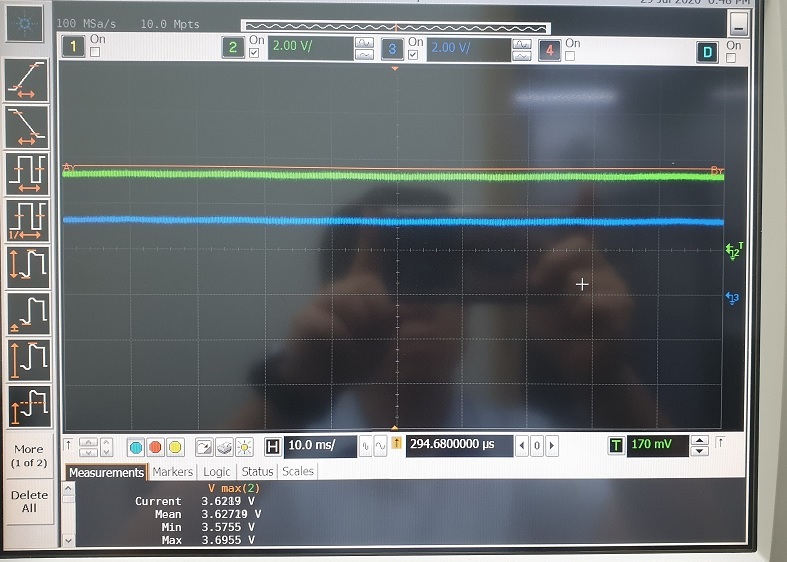Other Parts Discussed in Thread: TS3A24159
Dear team,
My customer consider using TS5A3166 for Current Transformer application.but there is issue on that.
- Vcc : 3.3V
- IN signal : high , Rds on 0.9~1.1 ohm It is OK. but IN signal : Low, resistance between NO an COM is measured 10K ohm ~60Kohm. Is it possible?
If Vcc is off, resistance is over several M ohm. please let me know your opinion.
Thank you.




